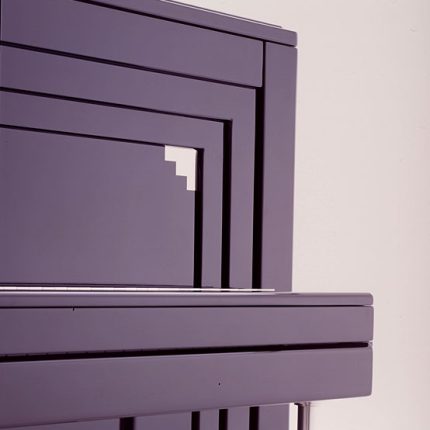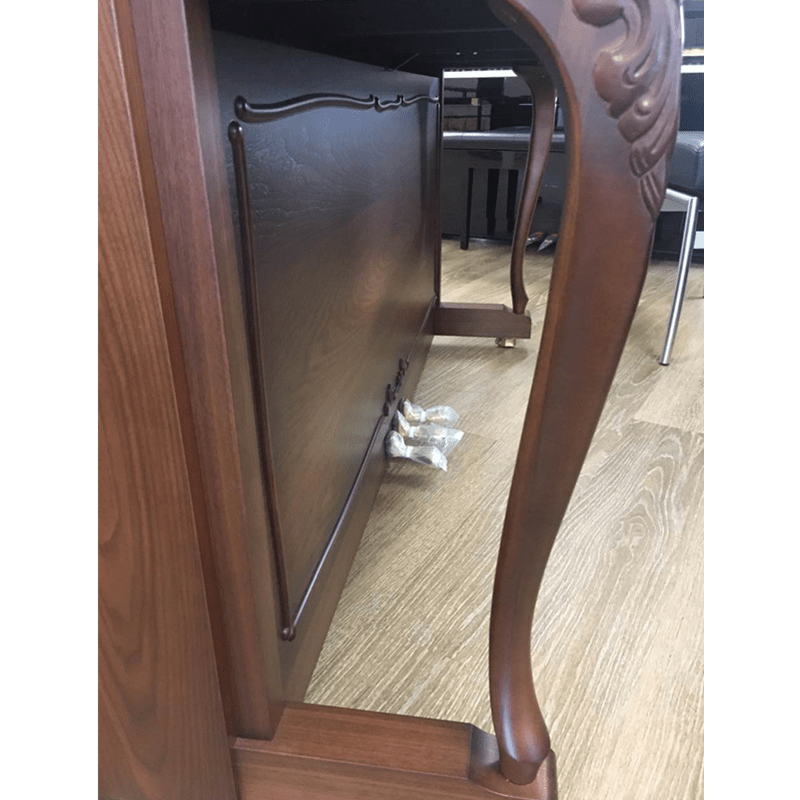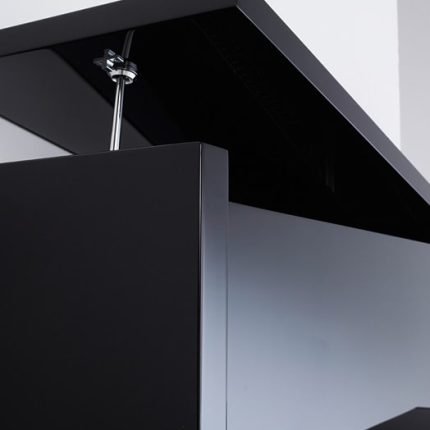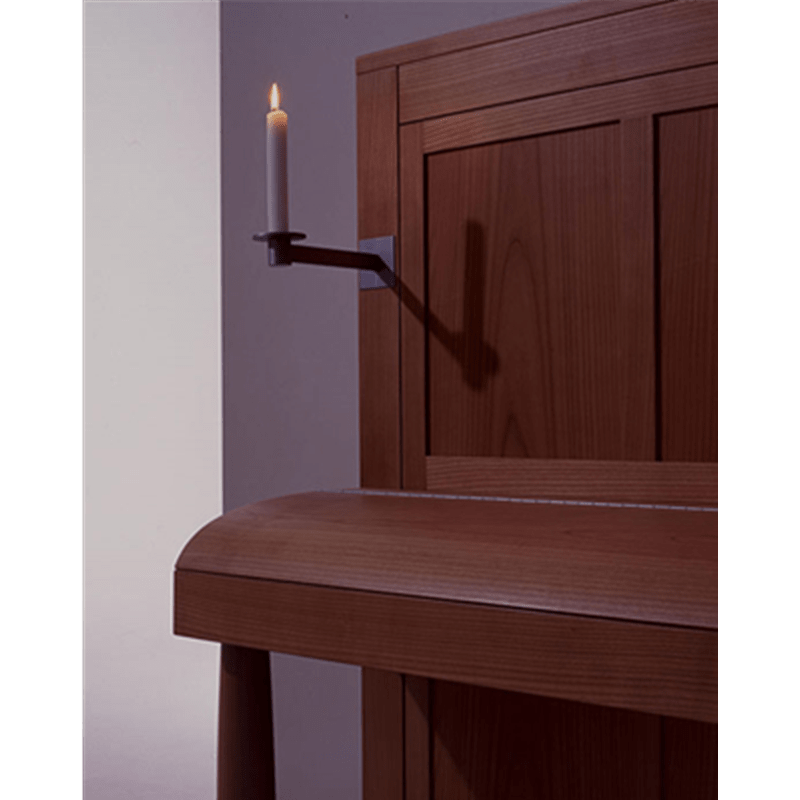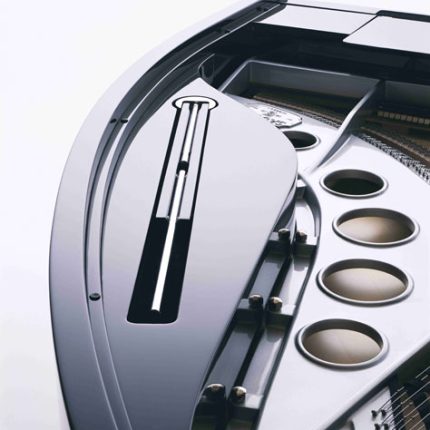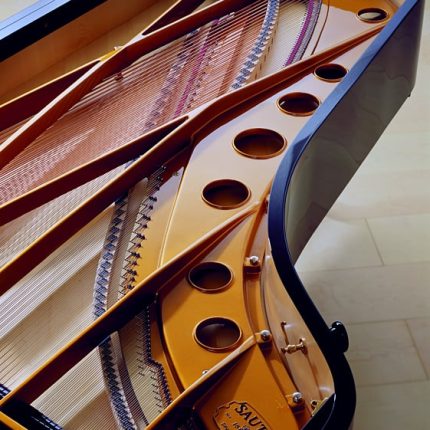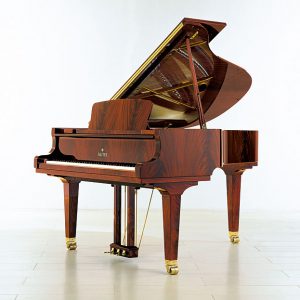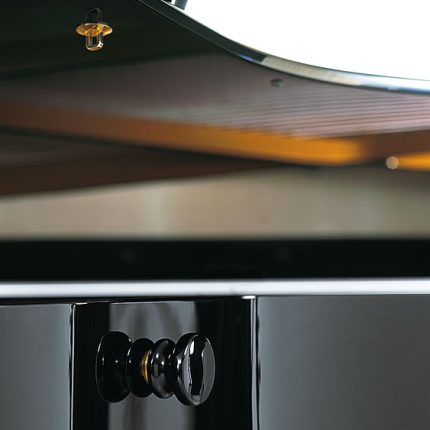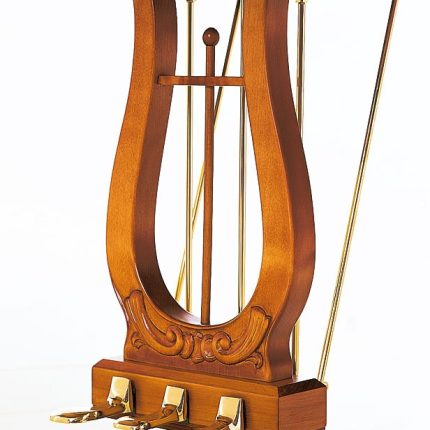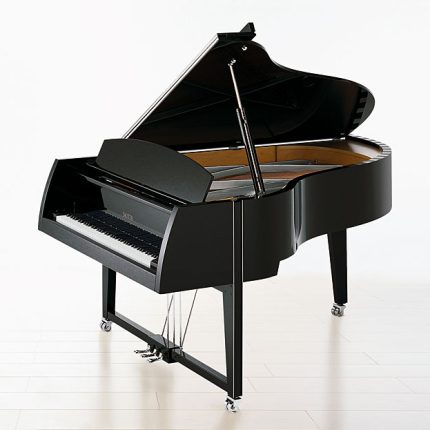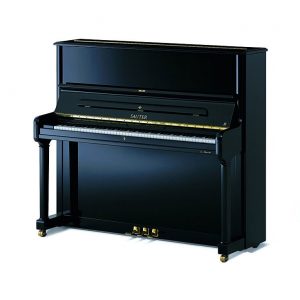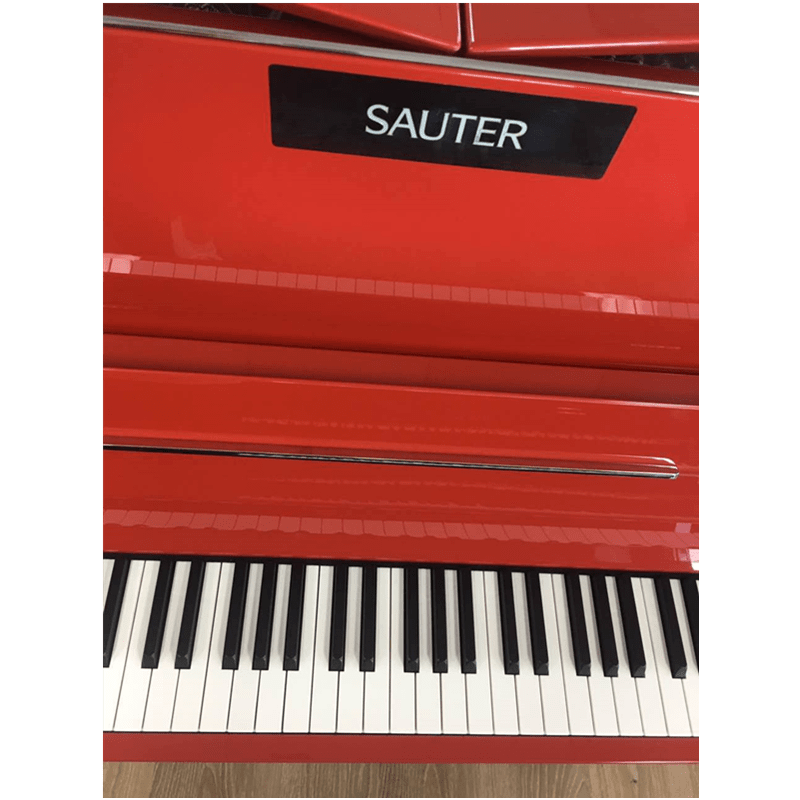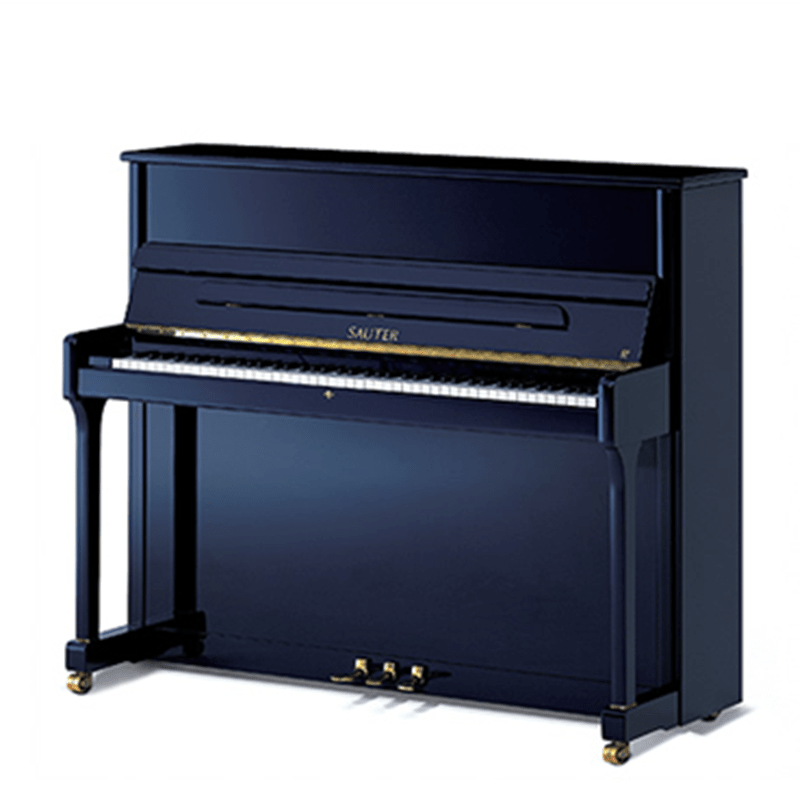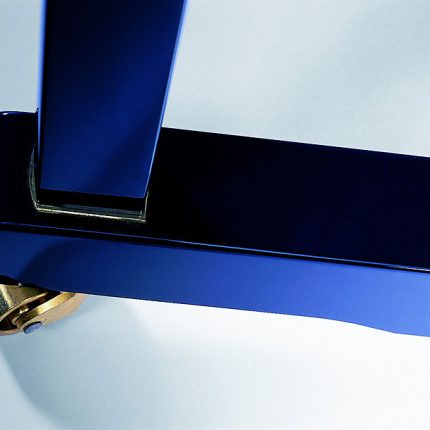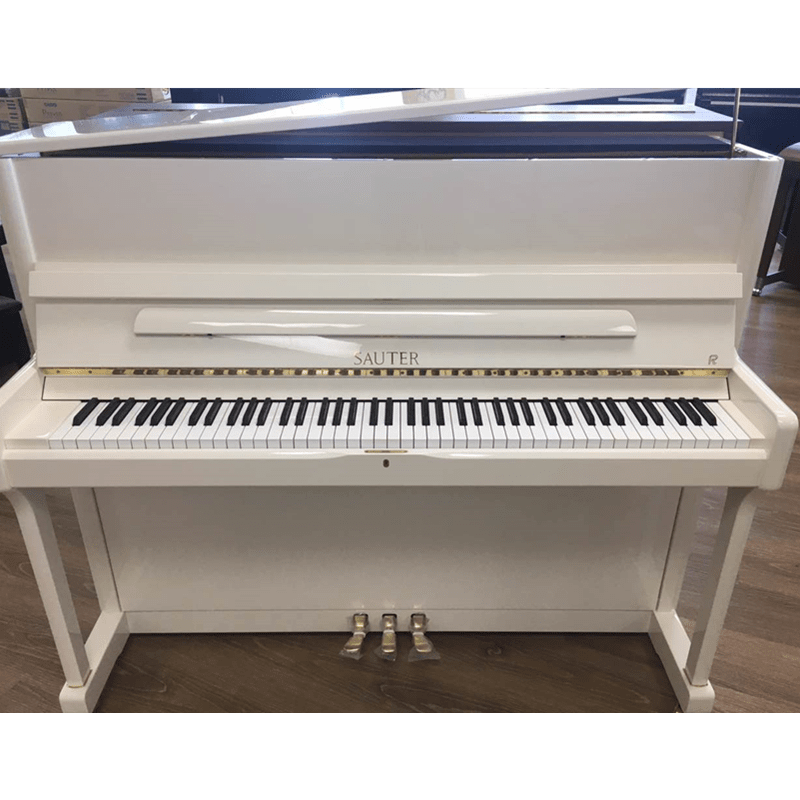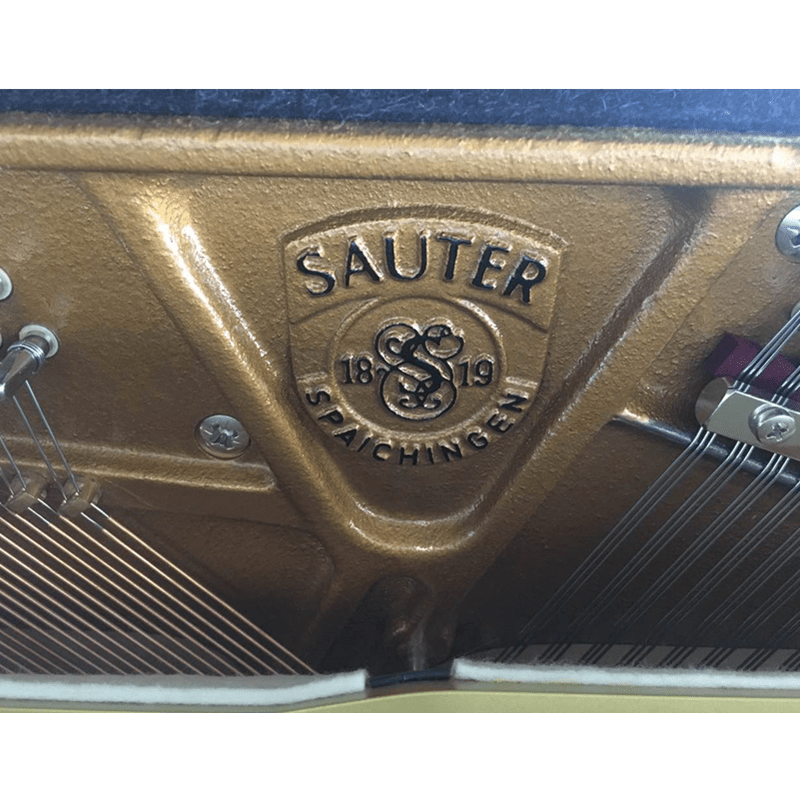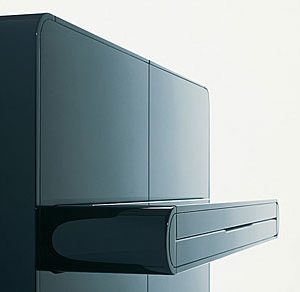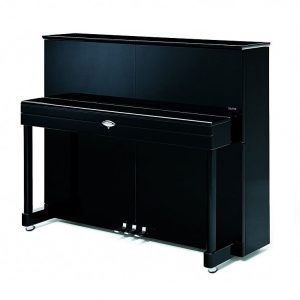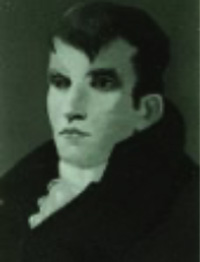 Johann Grimm, The First Generation
Johann Grimm, The First Generation
Upon completing his six-year training, Grimm returned from the musical and instrument-building capital of the time, full of enthusiasm and ideas. In 1819 he began building virginals in Spaichingen. Then he met Johann Nepomuk Sauter’s daughter Maria Monica, who had one child before meeting Johann Grimm. Later Johann Grimm died and passed on the workshop to Maria Monica’s son, (Carl Sauter). [show_more more=”READ_MORE” less=”LESS”]
 Carl Sauter – The Second Generation — Grimm’s Successor and Heir
Carl Sauter – The Second Generation — Grimm’s Successor and Heir
Carl Sauter built the workshop into a true factory employing a dozen apprentices in 1846, and soon it was numbered among the leading piano manufacturers in Swabia.
 Johann Sauter – The Third Generation – A Young Mind
Johann Sauter – The Third Generation – A Young Mind
After Carl’s early death, Johann Sauter, who was only 17 at the time, took over the operation together with his mother. Johann traveled extensively, including to America, bringing back great motivation and innovations to the business. Broad-mindedness, a pioneering spirit and a passion for perfection have characterized SAUTER from the start. He was also the one who saw the changeover of production from square pianos to the larger pianoforte.
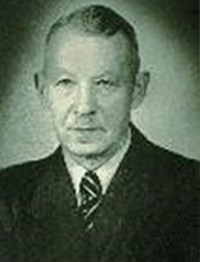 Carl Sauter II – The Fourth Generation
Carl Sauter II – The Fourth Generation
At the beginning of the 20th century, most piano manufacturers ran into economic difficulties. However, Carl Sauter II took over the company in 1909, being the force behind the factory expansion and increased production by streamlining and modernizing its assembly process. Sauter was famous throughout Germany due to its excellent quality and improved model, becoming the benchmark for European Piano Craftmanship
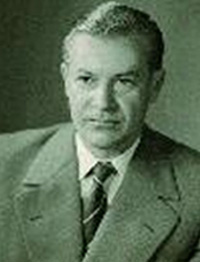 Hans Sauter – The Fifth Generation – Bring Sauter to the World
Hans Sauter – The Fifth Generation – Bring Sauter to the World
Hans Sauter, Carl Sauter’s son, who took over company operations in 1948, applied new scientific discoveries, new technology and new materials to contemporary piano manufacturing. Soon the exquisite sound and design of SAUTER pianos were being exported throughout the world.
 Ulrich Sauter – The Sixth Generation – The New Heights
Ulrich Sauter – The Sixth Generation – The New Heights
So many things happened after 1982: The development of the double repetition mechanism, giving the upright piano a particularly sensitive touch and a response as quick as a grand piano.
Along with the new concert grand 275 being chosen by many noteworthy artists all across the world. Sauter has also added a designer line “Sauter – designed by Peter Maly”, who is an internationally acclaimed interior designer, and proceeded to make pianos especially aligned with today’s living environments.
Sauter Upright Piano Today
Sauter pianos are especially known for their lush, full, singing tone, and for the variety of finishes and styles in which they are available, many with intricate detail and inlay work. It is common to find rare wood such as yew, burl walnut, pyramid mahogany, and genuine ebony in the cabinets of Sauter pianos, as well as special engravings, which can be customized to any customer’s desires. Sauter’s M Line of vertical pianos features exclusive cabinet detailing and built-in features such as a hygrometer to measure relative humidity.
[/show_more]

 Johann Grimm, The First Generation
Johann Grimm, The First Generation Carl Sauter – The Second Generation — Grimm’s Successor and Heir
Carl Sauter – The Second Generation — Grimm’s Successor and Heir Johann Sauter – The Third Generation – A Young Mind
Johann Sauter – The Third Generation – A Young Mind Carl Sauter II – The Fourth Generation
Carl Sauter II – The Fourth Generation Hans Sauter – The Fifth Generation – Bring Sauter to the World
Hans Sauter – The Fifth Generation – Bring Sauter to the World Ulrich Sauter – The Sixth Generation – The New Heights
Ulrich Sauter – The Sixth Generation – The New Heights



